The commerce landscape is swiftly transforming, and staying updated with emerging technologies and trends is essential for brands to maintain a competitive edge. Headless commerce, a revolutionary technology, stands out in this evolution. This approach separates an eCommerce platform’s front-end (user interface) and back-end (data management), offering businesses enhanced flexibility and control over the online shopping experience. This adaptability is vital in the rapidly shifting digital world.
In 2024, headless commerce is anticipated to be a core component of eCommerce strategies, with an increasing number of brands adopting it to refine their operations and elevate sales. In this article, we will explore ten key headless commerce trends that are crucial for staying ahead in the competitive market and elevating your commerce strategy.
Table of Contents
- The Evolution of Headless Commerce
- Top 10 Headless Commerce Trends to Watch Out For
- Progressive Web Apps (PWA)
- API-First Approach
- Microservices Architecture
- Blockchain Technologies for eCommerce
- Personalization and AI
- Streamlining with Omnichannel Experiences
- Mobile-first Strategy
- The Emergence of Voice-Enabled Shopping
- The New Frontier of VR-Based Retail
- Integrating Commerce with Social Media Platforms
- How to Successfully Immense These Trends to Your Businesses
The Evolution of Headless Commerce
Over time, headless commerce has evolved significantly from its initial purpose as a solution to the rigidities of traditional eCommerce platforms. These conventional platforms often lacked flexibility, particularly in customization, posing challenges for businesses striving to craft unique and captivating online shopping experiences.
Headless commerce revolutionizes this by decoupling the front-end (user interface) from the back-end (data management) of an eCommerce platform. This separation grants businesses the ability to tailor the user interface and seamlessly integrate various technologies, enhancing the overall shopping experience.

One of the most notable impacts of headless commerce is its facilitation of a unified, consistent customer experience across diverse channels. Whether customers interact with a brand through a desktop website, a mobile app, or social media platforms, headless commerce ensures a seamless transition and interaction, crucial for maintaining engagement in today’s multi-platform environment.
Reflecting its growing significance, headless commerce attracted over $1.65 billion in funding between 2020 and 2021. Moreover, a notable 80% of businesses not yet utilizing this approach plan to adopt it within the next two years, highlighting its perceived importance in staying competitive. It is projected that headless commerce will expand at a compound annual growth rate (CAGR) of 20.5% up to the year 2027, achieving a market value of $32.1 billion. To keep pace in this dynamic market, businesses need to stay informed about the latest headless commerce trends and effectively implement these strategies in their operations.
Top 10 Headless Commerce Trends to Watch Out For
As commerce technologies advance, adopting headless commerce strategies is becoming a critical competitive edge. To maximize your brand’s success for 2024, stay informed about these ten essential headless commerce trends.
Progressive Web Apps (PWA)
Progressive Web Apps (PWAs) are emerging as a pivotal trend in headless commerce, offering a more sophisticated user experience through innovative front-end architecture. They effectively bring the functionality and sleek design of traditional apps to customers using an eCommerce business via a web browser.
This integration enhances the user experience with features like marketing push notifications, SEO-friendly design, instant updates, hardware integrations, and even offline access to the platform.
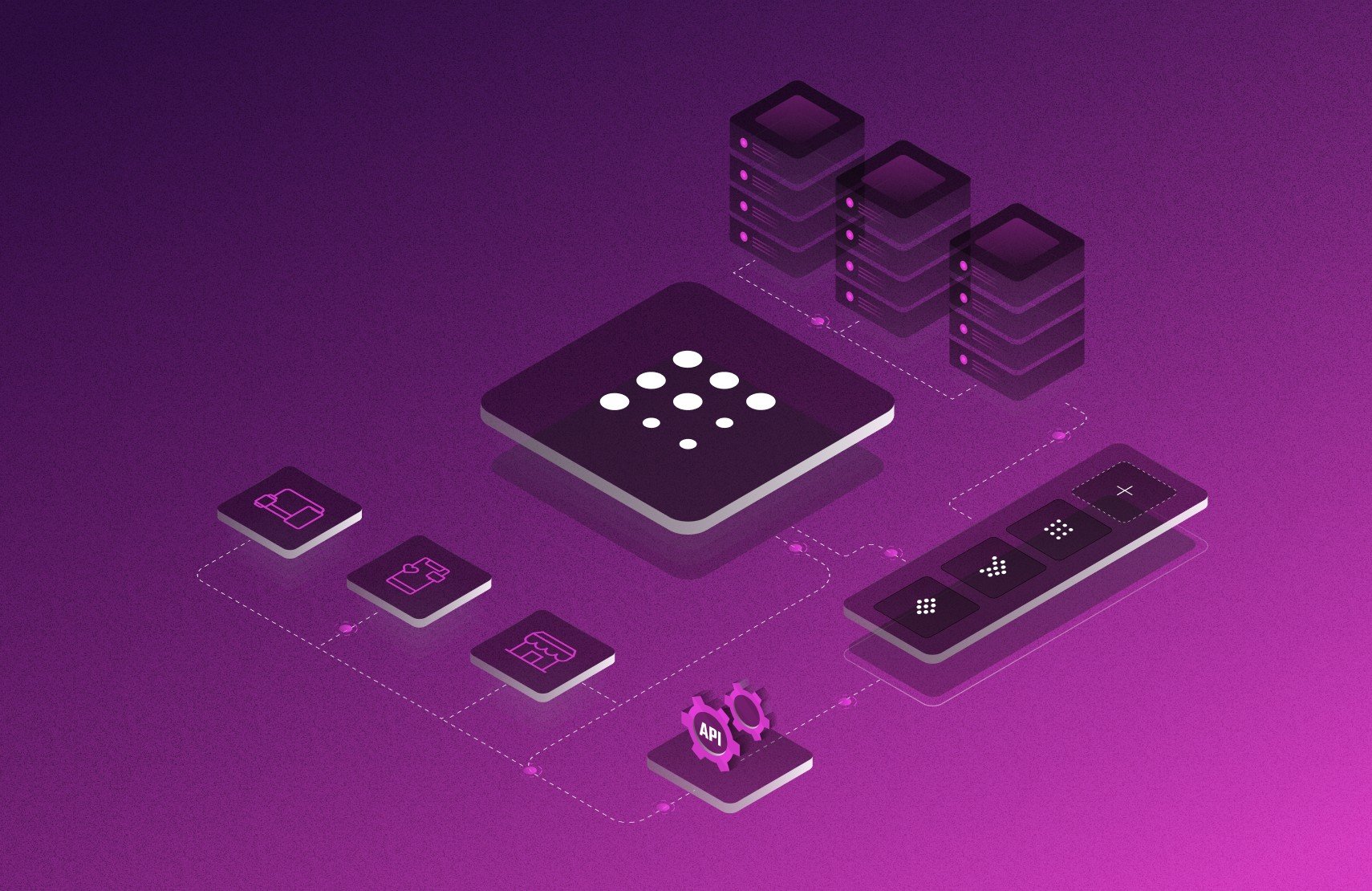
One of the standout advantages of PWAs is their enhanced security. They leverage HTTPS protocols, offering more robust security compared to native apps. This aspect is particularly crucial in an era where data security and customer trust are paramount.
In the fast-evolving realm of mobile eCommerce, PWAs are proving indispensable for optimizing user experience. Their ability to combine the best of web and app features makes them increasingly popular. As we step into 2024, PWAs are not just a trend but are becoming a fundamental component of eCommerce platforms, reflecting their effectiveness in enhancing customer engagement and satisfaction.
API-First Approach
APIs, or Application Programming Interfaces, function as the connective tissue linking various independent applications. They serve as intermediaries, facilitating smooth communication between different components of a tech stack, thereby creating a more integrated system.
Adopting an API-first strategy means prioritizing interoperability over implementation. This approach entails planning and designing the system’s communication networks between software right from the outset, rather than cobbling together software components as an afterthought.
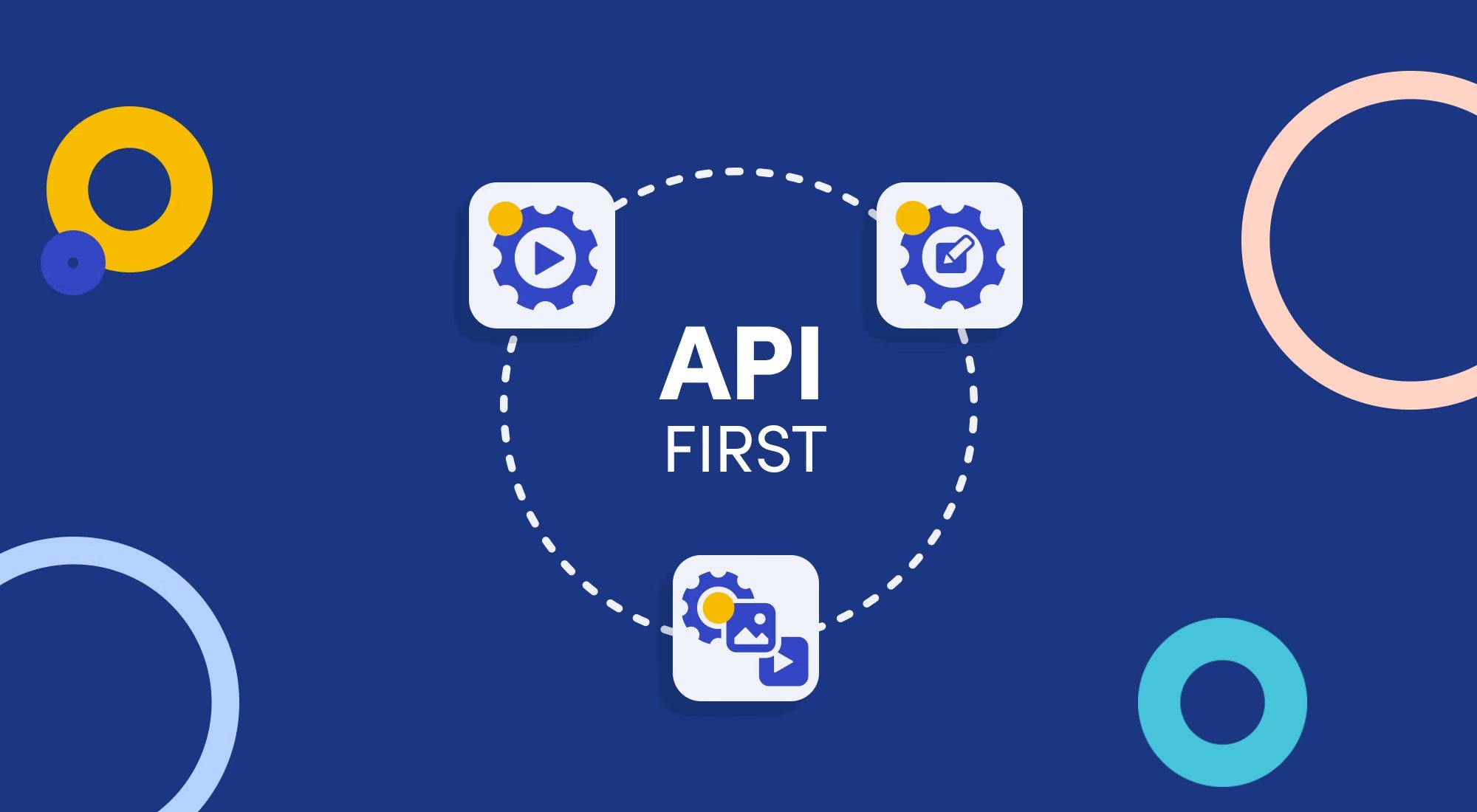
One of the key implementations of this approach in headless commerce involves deploying standalone microservices that manage specific functions like search, payments, or shopping carts. These microservices are designed to be orchestrated by APIs, enabling them to process and exchange only essential data requests. This strategy not only streamlines the production process but also simplifies the overall system architecture.
By embracing an API-first approach, companies can swiftly and smoothly integrate or update various components within their tech ecosystem – be it CRM, CMS, payment gateways, or inventory management systems. This results in more efficient and timely enhancements to the user experience.
This flexibility is perfectly aligned with the core principle of headless commerce: customizability. As the adoption of APIs continues to rise, their integration with headless commerce becomes increasingly prevalent. Utilizing both in tandem amplifies the benefits of each, offering enhanced operational efficiency and a streamlined user experience. This synergy underscores a trend that promises to yield ever-growing benefits over time in the evolving landscape of digital commerce.
Microservices Architecture
As we head into 2024, the surge in API-first approaches is paralleled by a growing popularity in microservices architecture, particularly in the eCommerce sector which is projected to hit $7.5 trillion in revenues by 2025. Brands and retailers, aiming to differentiate themselves, are increasingly turning to microservices, a trend already adopted by large companies like Amazon, Netflix, and Etsy.
Microservices architecture offers a robust solution to common eCommerce challenges such as handling traffic surges and conducting risk-free testing of new trends and technologies. This approach is particularly compatible with headless commerce frameworks and is instrumental in developing sophisticated omnichannel systems. It enables businesses to experiment with the latest payment methods, voice assistants, and progressive web apps without substantial risks.
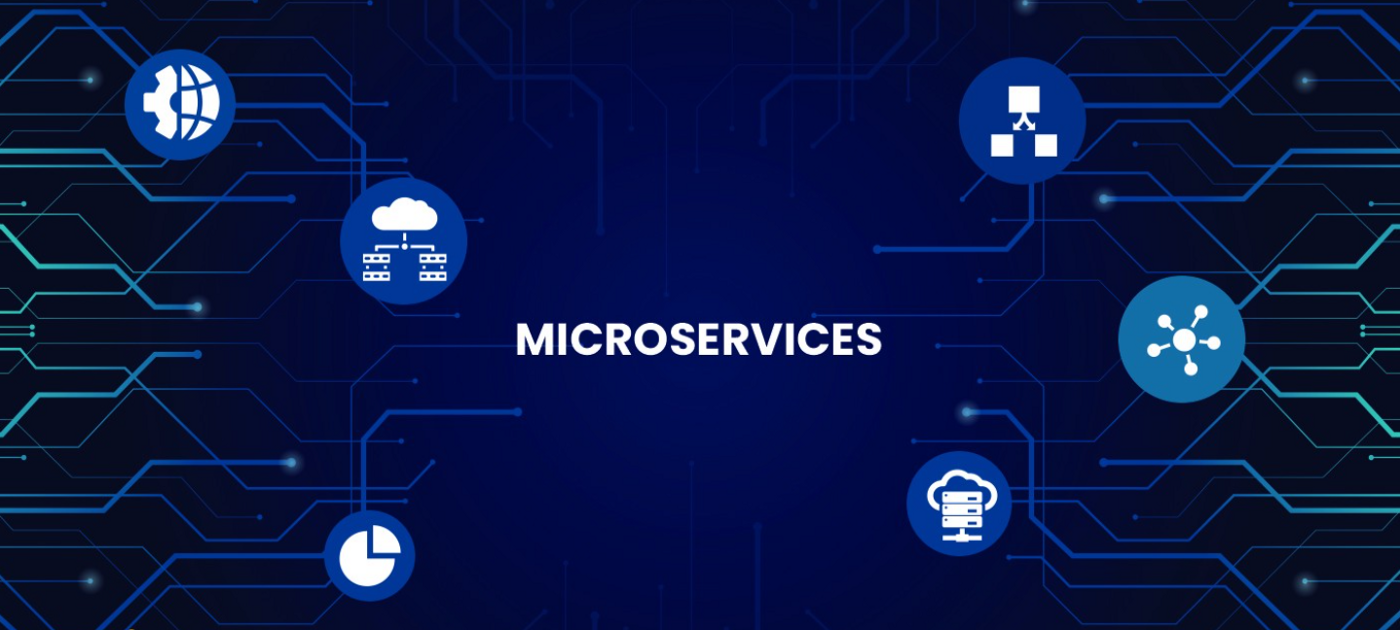
Transitioning from a monolithic system to a network of interconnected, independent services via APIs brings about significant advantages. The primary benefit is enhanced agility, allowing individual functions to be updated or modified without disrupting the entire system. Other notable advantages of microservices include:
- Stability: In a microservice architecture, the failure of one service does not affect the rest of the system, ensuring greater overall stability.
- Specialization: Each microservice can be individually chosen, allowing eCommerce platforms to select tools that are more specialized for their specific needs.
- Scalability: Scaling individual microservices is generally easier and more cost-effective compared to scaling an entire system vertically.
These benefits underline why microservices architecture is becoming an essential trend in headless commerce, helping businesses stay agile and competitive in a rapidly evolving market.
Blockchain Technologies for eCommerce
In the evolving world of headless commerce, blockchain technology is emerging as a key trend. This technology enables secure, transparent transactions without the need for traditional intermediaries like banks or payment processors. Its decentralized approach to data storage and management also significantly reduces the vulnerability to hacking or data breaches.
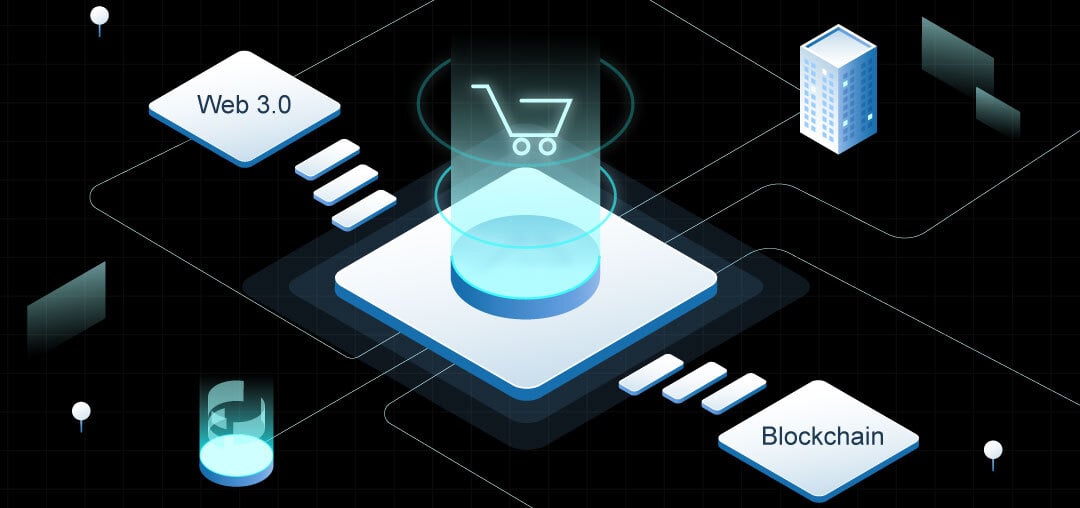
Integrating blockchain into headless commerce systems allows for enhanced capabilities in supply chain management, smart contracts, and secure payment processing, applicable in both B2B and B2C contexts. The technology facilitates faster and more efficient cross-border transactions while also reducing transaction fees.
Due to these advantages, blockchain is gaining popularity in headless commerce among brands of various sizes, offering a more streamlined and secure approach to conducting business digitally.
Personalization and AI
Personalization, powered by AI and machine learning, is a leading trend in the 2023 eCommerce landscape. Customers now expect tailored promotions, offerings, and product suggestions that align with their unique preferences, often without actively searching for them.

AI and machine learning technologies are adept at analyzing data and using algorithms to predict customer needs, thereby suggesting relevant products or services. This not only enhances the shopping experience by making it highly personalized but also significantly boosts conversion rates.
Beyond customer-facing applications, these technologies play a crucial role in automating backend processes like inventory management and order fulfillment. AI and machine learning are rapidly becoming integral to both traditional and headless commerce systems, providing a competitive advantage in customer experience management and operational efficiency.
Streamlining with Omnichannel Experiences
Omnichannel experiences are a crucial aspect of headless commerce trends. Today’s customers expect a fluid shopping journey across various channels, such as online platforms, mobile apps, social media, and even physical stores.

Headless commerce facilitates this by separating the front-end user interface from the back-end commerce mechanics. This separation enables retailers to offer a consistent, high-quality user experience across all channels. As a result, customers can effortlessly start a transaction in one channel and complete it in another, experiencing a uniform brand presence throughout.
Additionally, retailers can harness data analytics and AI to tailor the shopping experience to each customer’s individual preferences, behaviors, and context. Embracing an omnichannel approach, alongside other key headless commerce trends, allows organizations to not just enhance customer satisfaction and brand recognition, but also to stimulate revenue growth and establish a competitive edge in the market.
Mobile-first Strategy
In today’s digital landscape, adopting a mobile-first strategy is essential for brands across all industries. With an increasing number of consumers turning to their mobile devices for shopping, prioritizing mobile commerce is critical for enhancing user convenience and boosting brand revenue.

Headless commerce plays a vital role in this shift, offering the flexibility and customization needed to create an effective mobile-first experience. This approach ensures a robust brand presence and a consistently smooth user experience on mobile devices.
By integrating a mobile-first strategy within a headless commerce framework, brands can adeptly respond to evolving customer needs and preferences, all while maintaining robust back-end functionality.
The Emergence of Voice-Enabled Shopping
Voice commerce is rapidly emerging as a significant trend in headless commerce, transforming the way shopping is conducted. This technology moves away from traditional visual user interfaces and instead leverages voice-enabled devices like smart speakers and virtual assistants. This shift allows customers to shop conveniently at any time, aligning perfectly with their busy lifestyles.

By eliminating the need for a conventional front-end interface, voice commerce offers a more streamlined and intuitive shopping experience. As voice technology continues to evolve and gain popularity, its integration into headless commerce is expected to increase.
This trend reflects the growing demand for more accessible and user-friendly shopping options, making voice commerce a key player in the future of digital retail.
The New Frontier of VR-Based Retail
Virtual reality (VR) shopping is transforming the eCommerce landscape by offering customers an immersive and interactive experience. This technology allows shoppers to explore products in 3D, interact with them, and visualize their real-life applications, closely emulating the experience of shopping in a physical store.
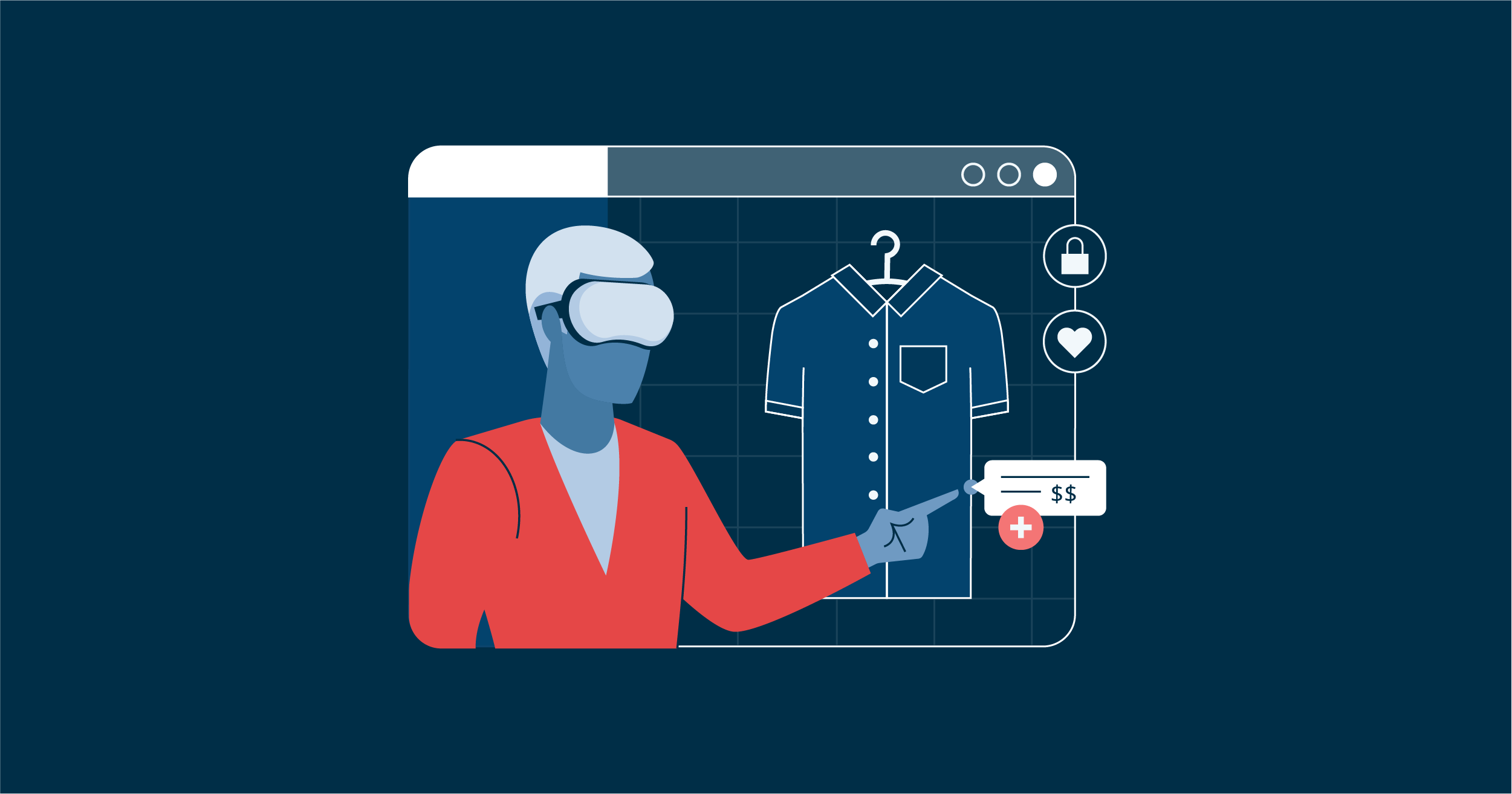
For eCommerce brands, VR shopping is a game-changer. It enables them to present their products in a more engaging and lifelike manner, which can lead to more confident purchase decisions and reduce buyer’s remorse. Additionally, VR shopping is cost-effective as it can significantly reduce or even eliminate the need for physical retail spaces.
With the growing popularity of virtual and augmented reality in various domains, VR shopping is gaining traction. It offers customers a unique and exciting shopping format, enhancing the overall retail experience. This trend is not just a novelty but a glimpse into the future of digital shopping, where immersive technology plays a pivotal role.
Integrating Commerce with Social Media Platforms
Integrating social media with headless commerce has become increasingly important as more consumers turn to social platforms for shopping. By incorporating social media into their headless commerce strategies, businesses can offer a seamless and personalized shopping journey right where consumers spend a significant amount of their time.

This trend extends the role of social media beyond vibrant posts, advertisements, and brand awareness campaigns. Now, customers have the convenience of purchasing products directly through social media platforms with just a simple click, comment, or chat message.
This streamlined shopping process effectively reduces cart abandonment and buyer hesitation, making it easier than ever for businesses to enhance both immediate sales and long-term revenue. The integration of social media in headless commerce not only reflects current consumer behavior but also leverages these platforms as powerful direct sales channels.
How to Successfully Immense These Trends to Your Businesses
Successfully immersing headless commerce trends into your business requires a nuanced understanding of both the concept and the unique characteristics of your business.
To begin with, it’s important to understand the specific needs of your business and how headless commerce can address them.
For instance, if your business operates across multiple platforms like web, mobile, and social media, headless commerce allows you to provide a consistent and seamless user experience across all channels. This is achieved by using APIs (Application Programming Interfaces) to deliver products, content, and services on any screen or device, enabling a more integrated customer journey.
Another key aspect is the agility and speed headless commerce offers. In traditional eCommerce setups, making changes to the front-end often requires modifications to the back-end, which can be time-consuming and resource-intensive.
With headless commerce, since the front-end is separate, you can quickly implement changes, test new features, or personalize the customer experience without disrupting the back-end operations. This is particularly beneficial for businesses that need to rapidly adapt to market trends or consumer behavior.
Moreover, headless commerce opens the door to advanced customization. Given that the front-end is independent, businesses can create unique user experiences that stand out in a crowded digital marketplace. This could involve integrating cutting-edge technologies like AR (Augmented Reality), VR (Virtual Reality), or AI-driven personalization, which can significantly enhance user engagement and satisfaction.
However, implementing headless commerce is not without its challenges. It requires a robust technical infrastructure and a skilled development team familiar with API management and microservices architecture.
Businesses need to invest in building or acquiring the right technology stack and ensure they have the necessary expertise to manage and maintain it effectively.
In Conclusion,
Headless commerce rightfully dominates the digital retail trend charts for 2024, given its extensive array of advantages. This innovative approach not only enhances efficiency, scalability, and security but also significantly elevates the customer experience. These benefits collectively contribute to a substantial increase in the Return on Investment (ROI) for eCommerce platforms.
The headless commerce trends, including the integration of advanced technologies like AR, VR, and AI, are not just reshaping how businesses interact with their customers but are also setting new standards for efficiency and customization in the digital marketplace. As we look towards the future, it’s clear that headless commerce will continue to play a pivotal role in the evolution of eCommerce, compelling businesses to adapt and innovate continually.
Unsure how to keep your business ahead in a market increasingly favoring headless commerce? Don’t worry, our specialists are here to assist. Reach out to us, and we’ll guide you in choosing the right tools to elevate your commerce potential.











